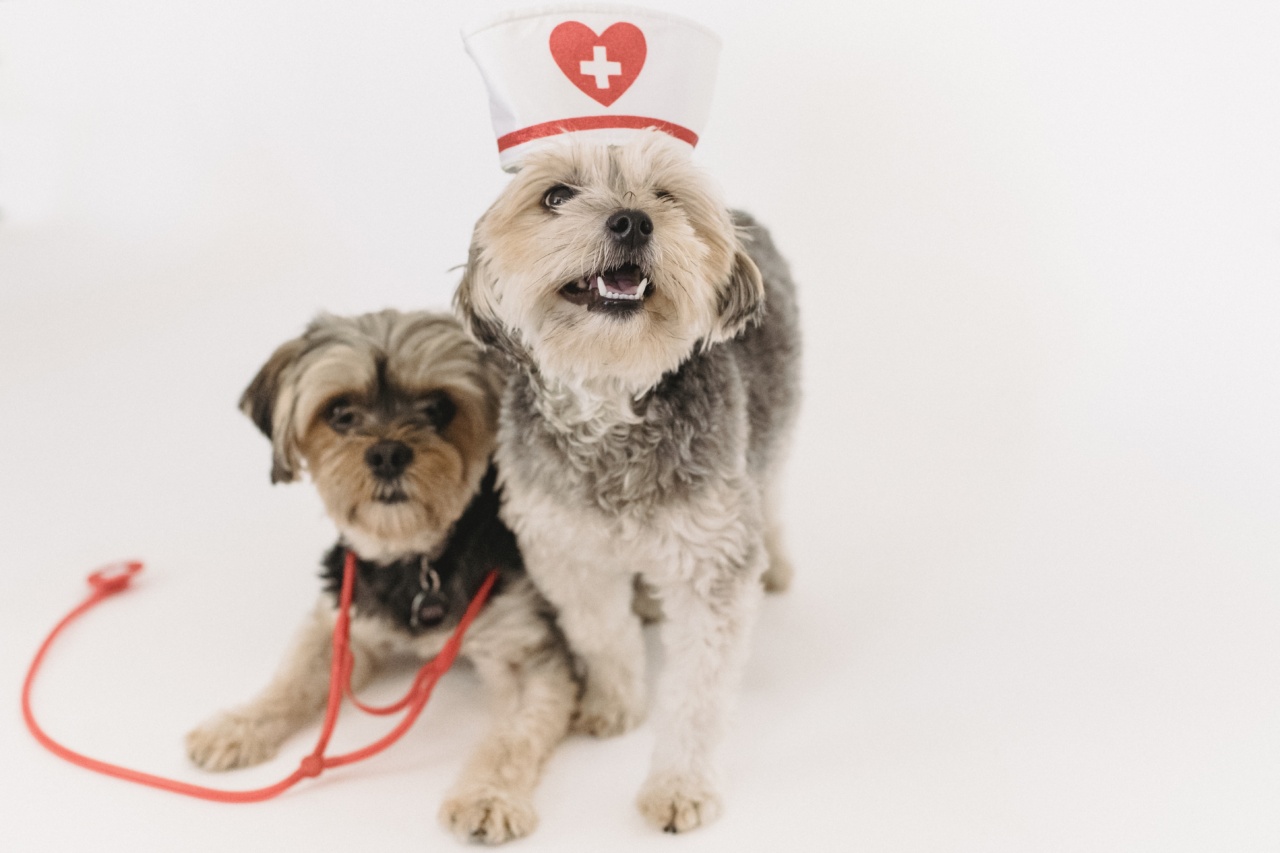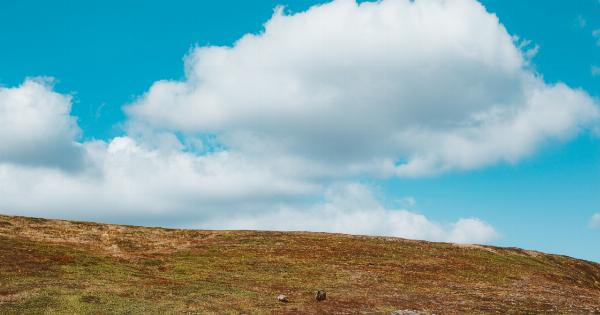Have you heard of hawk dogs? These dogs are trained to work alongside falconers and assist in hunting birds of prey such as hawks and falcons.
It’s a unique and specialized skill set that has evolved over time, and in this article, we’ll explore the history and development of hawk dogs.
Early Beginnings
The origins of the hawk dog can be traced back to ancient times when dogs were used for hunting and served as companions to humans.
In Europe, during the Middle Ages, hunting with hawks and falcons became popular among the nobility, and dogs began to be used to assist with the hunt.
The first recorded mention of a hawk dog comes from an ancient book called “The Master of Game” by Edward, Duke of York.
Written in 1406, the book describes the use of short-legged dogs that were used to flush out rabbits and other small game for the hawks to hunt. These dogs were typically small and fast and had to be able to withstand harsh terrain.
The Rise of the Vermin Terrier
As hunting with hawks and falcons became more popular, so did the need for a specialized breed of dog that could work alongside them. In the 19th century, a breed of dog called the vermin terrier emerged.
These small, feisty dogs were bred for their tenacity and ability to dig out rats, rabbits, and other small animals from their burrows.
Vermin terriers were well-suited for hunting with hawks and falcons because they could quickly locate prey and flush them out into the open. They were also small enough to fit into tight spaces and were agile enough to keep up with the birds in flight.
The Irish Hawk Dog
In Ireland, a breed of dog called the Irish Hawk Dog was developed specifically for use in hunting with hawks and falcons. These dogs were bred for their keen eyesight, speed, and ability to work alongside the birds of prey.
The Irish Hawk Dog was typically larger than the vermin terrier and had a long, lean body that was built for speed. They were also known for their bravery and were often used to confront larger prey like deer or wild boar.
The Modern Hawk Dog
Today, hawk dogs come in many different breeds and sizes. They are trained to work alongside falconers and assist in the hunting of birds of prey like hawks and falcons.
Their primary job is to flush out the prey and keep it in the air so that the birds can swoop in and catch it.
Modern hawk dogs are typically trained using positive reinforcement techniques and are taught to work in tandem with the birds.
They are also trained to stay calm and focused in the presence of the birds, as any sudden movements or noises could spook them.
The Importance of Hawk Dogs in Hunting
Hawk dogs play a crucial role in hunting with birds of prey. Without their assistance, it would be much more difficult for falconers to catch their prey.
These dogs are trained to work in tandem with the birds and are an essential part of the hunting team.
Aside from helping to catch prey, hawk dogs are also important for their ability to track and locate birds of prey that have gone astray.
They have a keen sense of smell and can quickly locate the birds, even if they are hidden in dense foliage or other hard-to-reach places.
The Future of Hawk Dogs
The future of hawk dogs looks bright. As hunting with birds of prey remains popular, there will always be a need for dogs that can work alongside them.
With advances in training and technology, hawk dogs will continue to become more specialized and effective at their job.
Additionally, there is a growing interest in using hawk dogs for conservation purposes.
These dogs can be trained to track and locate threatened and endangered bird species, helping conservationists to better understand their movements and protect their habitat.
Conclusion
The evolution of the hawk dog is a fascinating story that spans centuries. From their humble beginnings as short-legged hunting dogs to their modern-day role as essential members of the hunting team, hawk dogs have come a long way.
Their unique abilities and specialized training make them an invaluable asset to falconers and conservationists alike.






























